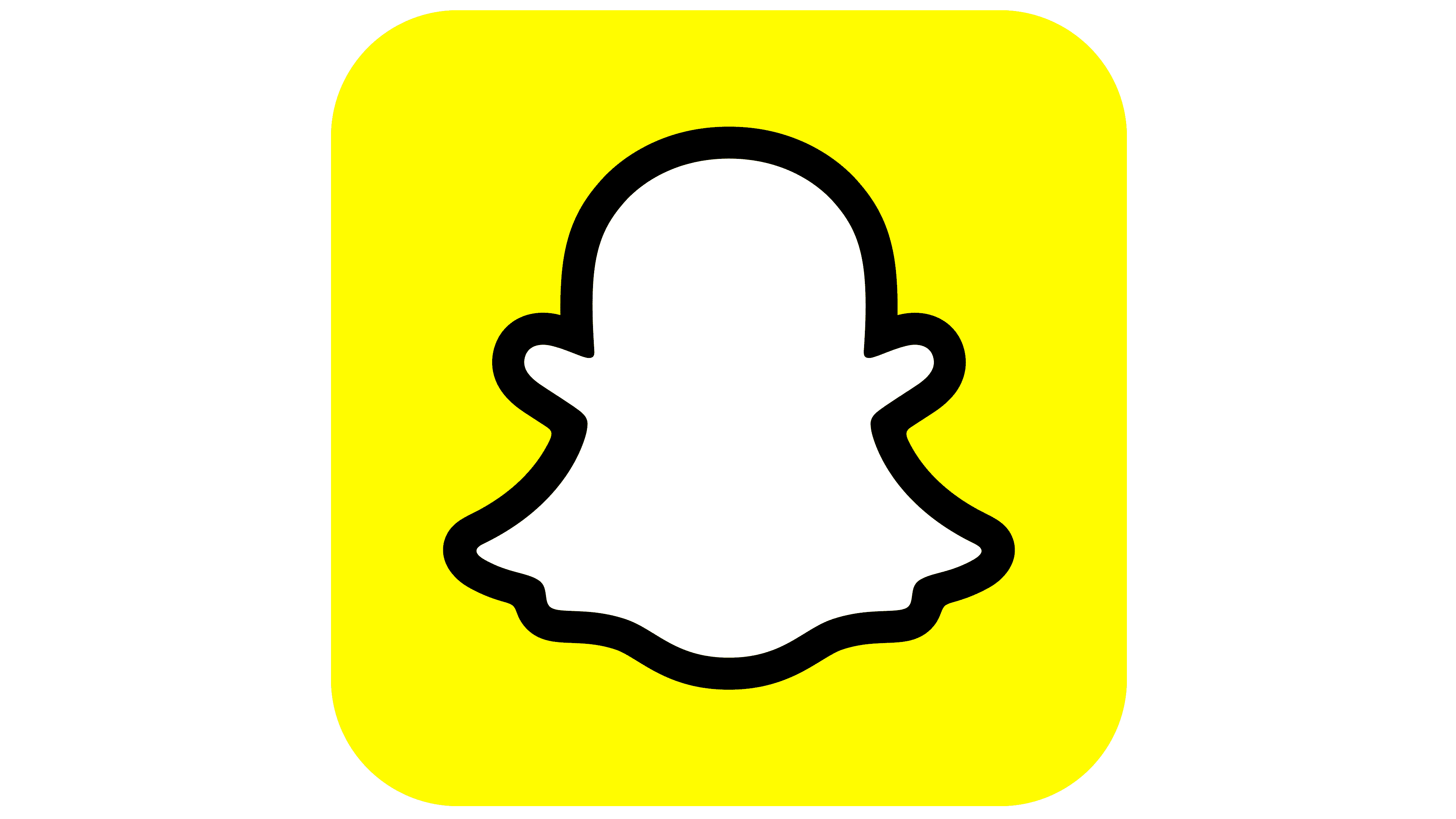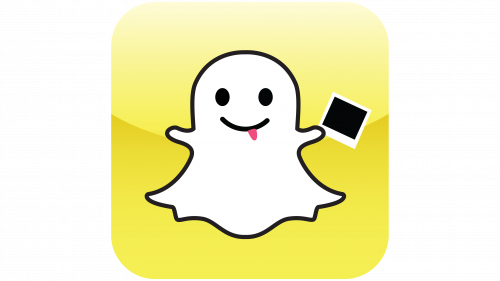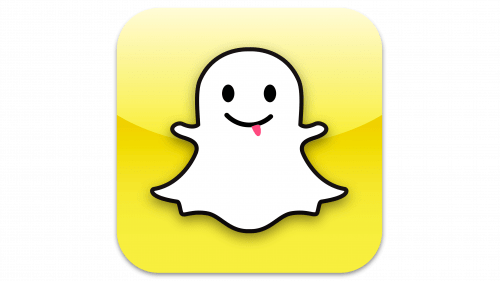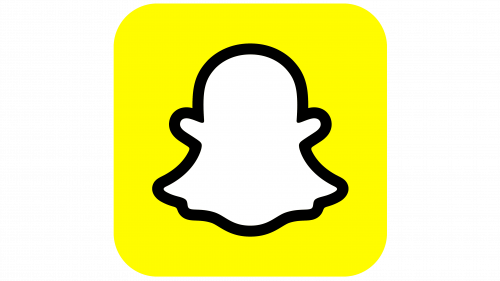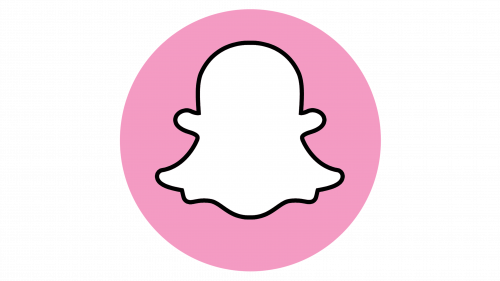Snapchat Logo
Snapchat is a popular app for sharing photos and chatting. The key difference of this app from any other is that most things that you post here vanish after some time, and there’s little anyone can do to save whatever you sent them without your consent. Essentially, it allows you to share the moment without too much stress.
Meaning and History
Snapchat was launched in 2011, and it was originally called Picaboo. It was only a few months that the developers decided to call it what it is today. The meaning is simple – you can snap photos and you can chat, hence ‘Snapchat’. The ghost – app’s mascot – stayed from the previous branding attempt, however.
What is Snapchat?
Snapchat is a chatting app released in 2011. It’s mostly used for chatting, sharing photos & videos, as well as finding new acquaintances. It’s particularly popular in the US, Australia, New Zealand, India and the Western Europe. Snapchat accommodates over 360 million active daily users.
2011
The first image shows a cheerful, cartoonish ghost with a protruding tongue, holding up a photo set against a vibrant yellow background. This character radiates a playful and friendly vibe, indicating a platform that’s social and fun. The photo in the ghost’s hand alludes to the sharing of moments, which may be fleeting like a ghost or ‘snap’. This version of the logo is packed with personality, suggesting an interactive and youthful experience, aligning with the ephemeral nature of the content shared on the platform it represents.
2011 – 2013
The initial logo featured cartoony ghost set against a yellow background. It was basically just a classic floating bed-sheet with two stubby ‘arms’. Unlike the next iterations, it also had two dot eyes and a smile – a curvy line with a pink tongue sticking out. Lastly, the whole image was slightly outlined in black.
The yellow background was represented by a rounded square the ghost was put in the middle of. This version was heavily illuminated and was positively glinting. It wasn’t a pleasant slight, because the color itself was a very bright shade of yellow.
2013
In the image the same ghost character but without the photo or the tongue, creating a more streamlined and cleaner design. This refinement shifts the focus to the iconic ghost shape, now a recognizable symbol of the platform. The solid background and bold border suggest a maturing brand identity, with the emphasis remaining on the temporary aspect of interaction encapsulated by the ghost metaphor. The simplicity of the design makes it highly versatile and easily identifiable, crucial qualities for a fast-growing social media application.
2013 – 2014
This image simplifies the logo further by minimalistically removing the black outline around the ghost and leaving just the white ghost shape on the yellow background. This minimalist approach is modern and suggests an even greater focus on essential brand elements. The absence of any additional graphics or text places full confidence in the ghost silhouette as a standalone brand mark. This evolution follows a trend in digital branding towards sleek, uncluttered designs that are instantly recognizable at a small scale on app icons and digital interfaces.
2014 – 2019
In 2014, the owners decided to simplify things. The glinting and shading used with the yellow square were gotten rid of in favor of a simple uniformly yellow shape. They also made it slightly brighter than before.
For the ghost, they changed very little. The face was removed, as was a slight shadow behind the thing. The logo became much cleaner, as a result.
2019 – today
2019 saw even less change. Basically, the designers added more thickness to the ghost outline for more visibility. The image is now perfectly visible on any surface, except for the white background. In these instances, they also add a slight outline to the edges of the square.
Emblem and Symbol
The reason why the company decided to introduce a ghost as their mascot is simple – it represents how the app treats your personal data. Everything from videos to photos and even text messages will be deleted after some time. They’ll go somewhere where you can’t reach them, just like ghosts.
